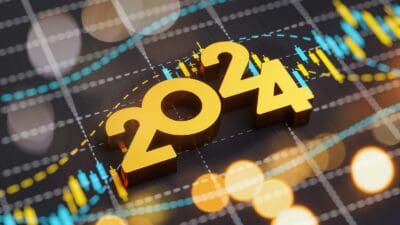 When I think of pharmaceutical company AstraZeneca (LSE: AZN) (NYSE: AZN.US), two factors jump out at me as the firm’s greatest weaknesses and top the list of what makes the company less attractive as an investment proposition.
When I think of pharmaceutical company AstraZeneca (LSE: AZN) (NYSE: AZN.US), two factors jump out at me as the firm’s greatest weaknesses and top the list of what makes the company less attractive as an investment proposition.
1) Loss of product exclusivity
It takes a lot of time and expensive to get a new drug from the test tube to the chemist’s sales shelf. The process takes years and many compounds don’t cut it, causing scientists to drop them along the way. So, when a new drug complies with safety standards and proves effective as a treatment, the law allows the developing firm patent protection, which helps the company recoup its expenses and generate profit from its sales without other companies undercutting the price with copycat competition.
However, patents run out over time, generic competition swoops in, and once stalwart profit-earning products stop generating the returns they once did. Such is the case with AstraZeneca, which has seen several of its key earners attacked on price by competing products because exclusivity has timed-out.
2) Crimped profitability
AstraZeneca’s CEO reckons that loss of exclusivity, the so-called patent cliff, will continue to thump the firm’s financial results in the ‘near term’. Now, I’m unclear about the timescales here, but the damage inflicted by several of AstraZeneca’s key brands coming off patent is clear to see over a period of years:
| Year to December | 2009 | 2010 | 2011 | 2012 | 2013 |
|---|---|---|---|---|---|
| Revenue ($m) | 32,804 | 33,269 | 33,591 | 27,973 | 25,711 |
| Adjusted earnings per share (cents) | 632 | 671 | 728 | 641 | 505 |
Revenue and profits are heading down.
The revenue slide seems unlikely to stop any time soon. In fact, the CEO says revenues will likely return to 2013 levels in 2017. That doesn’t sound good for 2014, 2015 and 2016, then. Investors will need to run on faith for some time yet before the finances confirm the wisdom of an investment in AstraZenecca.
What now?
Right now AstraZeneca seems to attract mainly as a turnaround proposition. It’s conceivable that a return to growth could occur as new products take off.







